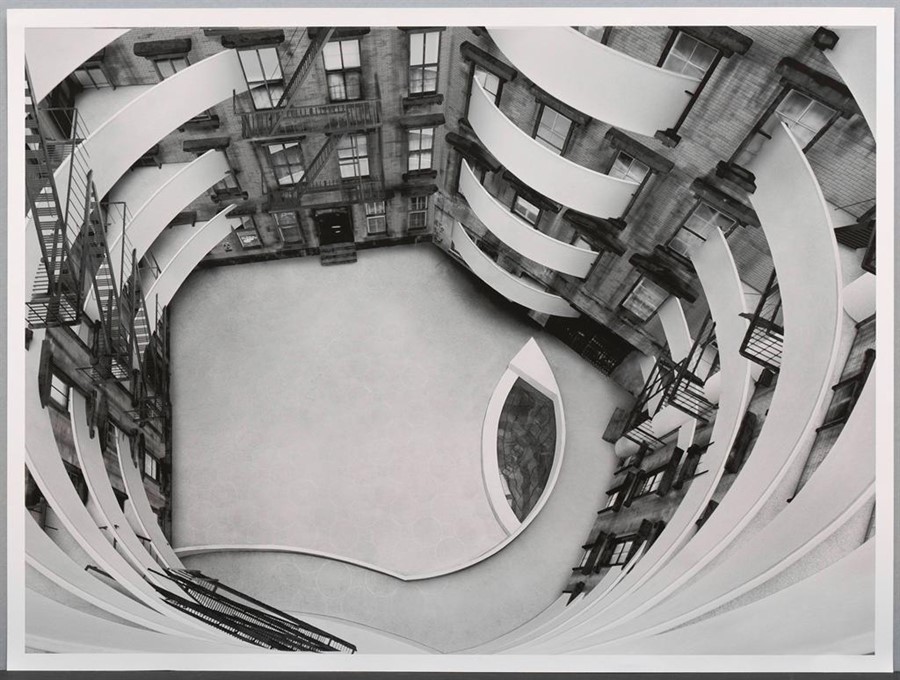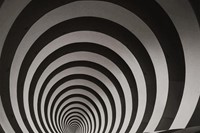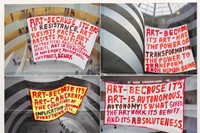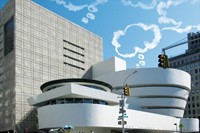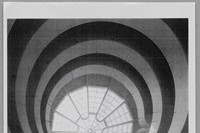Nancy Spector, the Guggenheim's chief curator discusses her upcoming show Contemplating the Void
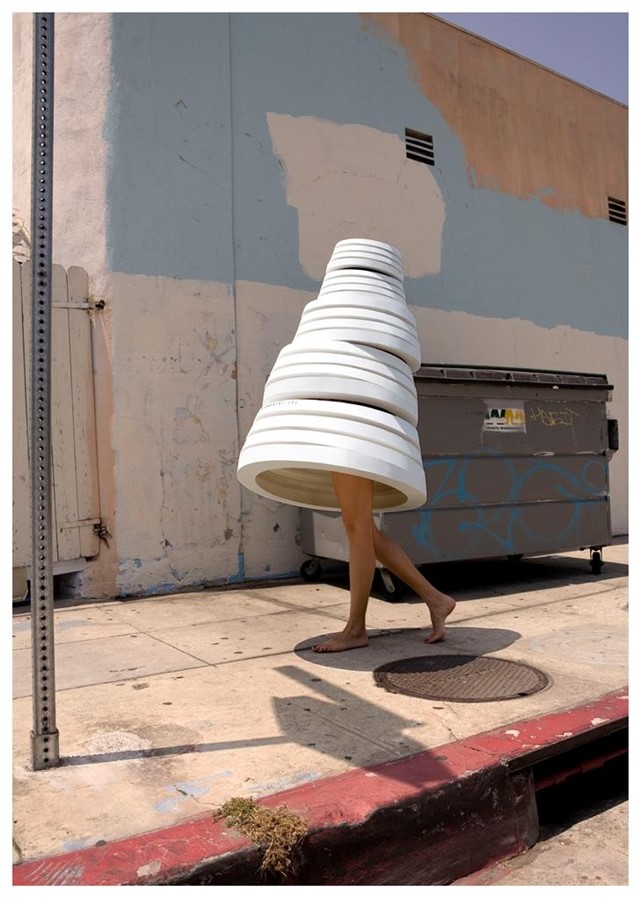
This month, the Guggenheim in New York has invited 200 major artists, architects and designers from all over the world to contemplate the void that architect Frank Lloyd Wright tantalisingly built into the very framework of the legendary building itself. Perhaps not since Matthew Barney’s Cremaster Cycle have there been such wildly imaginative proposals for interventions in the vast empty space. I thought it would be interesting to find out what the museum’s renowned chief curator Nancy Spector had to say about putting together the show, and about the creative potential that exists within the silent all-enveloping emptiness at the heart of the universe...
Deepak Chopra describes the void as a state of pure potentiality, was that something that seemed manifest in the submissions?
That notion was definitely the catalyst behind creating the parameters for the exhibition. I’ve worked here for many years and I have always been struck by the way artists and architects are immediately drawn to the empty centre of the building. The notion of the void is just a real magnet for the creative mind.
David Lynch says you have to enter the void to catch the really big ideas, or as he calls them, fish. Have the artists caught any big fish?
Doris Salcedo has an amazing project, in which she took the photographs that Hans Haacke was supposed to exhibit at the Guggenheim before his show was cancelled in 1971, and superimposed them along the ramps. The work is dedicated to him and it has the museum’s history folded into the work in a really poignant way. Michael Elmgreen and Ingar Dragset have twisted the spiral up through space infinitely, so you get this really dizzying labyrinth that goes on forever; Thomas Hirschorn hung protest banners all over the building; Doug Aitken dressed somebody as the Guggenheim and shot them walking down the street to a Bodega...
They all sound very different…
We wanted the exhibition to be international and inter-generational. We’ll be hanging all of the proposals together in one of our Tower galleries, but we’re not hanging by discipline in any way. Although they are all very different, the unifying element is really the spiralling ramp, and I think the show doesn’t feel disjointed precisely because of that shared source.
Contemplation Of The Void is such a powerful title that in itself it engenders meditative contemplation...
I think the building does that too. The architecture of the Guggenheim can so easily and readily provoke the creative mind. When all the proposals are looked at collectively, certain themes or leitmotifs emerge. A number of artists and architects thought of the building as a kind of gym-like environment. They have created things that people could bounce on in the space, or suspended netting so that people could climb up through the void as if it were a giant playland.
I suppose any real contemplation of the void is essentially a metaphor for our contemplation of what lies beyond death...
I think that’s the horror vacui that runs through all visual culture, and maybe culture at large. I think it’s manifest in the excessive decoration of Islamic design and medieval manuscript illumination, or even Jackson Pollock all-over compositions. There is this real need there to fill the field. The void can certainly embody that, but you can also think of it microcosmically as a blank sheet of paper. But then for many artists it’s not so much about filling the void, as it is about embracing that emptiness. For someone like the artists Karin Sander or Koo Jeung-A for example, whose works are inherently invisible, the idea that interested my co-curator David van de Leer and I was what they might do. We were playing off the capacity for the void to be symbolised – the need to both fill the field and the desire to contemplate its emptiness.
What do you think is the key role for the curator?
I think the role is definitely to act as a facilitator in helping artists to realise their visions, but I think it’s also to try and break the rules, especially if you work in an institution. I think it’s very important to try and stretch the limits of that institution, particularly in the field of contemporary art. It’s the 50th anniversary of the Guggenheim building and that really prompted my thinking about how to explore how the building itself could become a character, less of a container, and in some cases, a seemingly willing participant...
John-Paul Pryor is Arts & Culture Editor at Dazed Digital and writes for Dazed & Confused, TANK, Another and The Quietus His debut novel Spectacles will be published in 2010 by Seabrook Press
